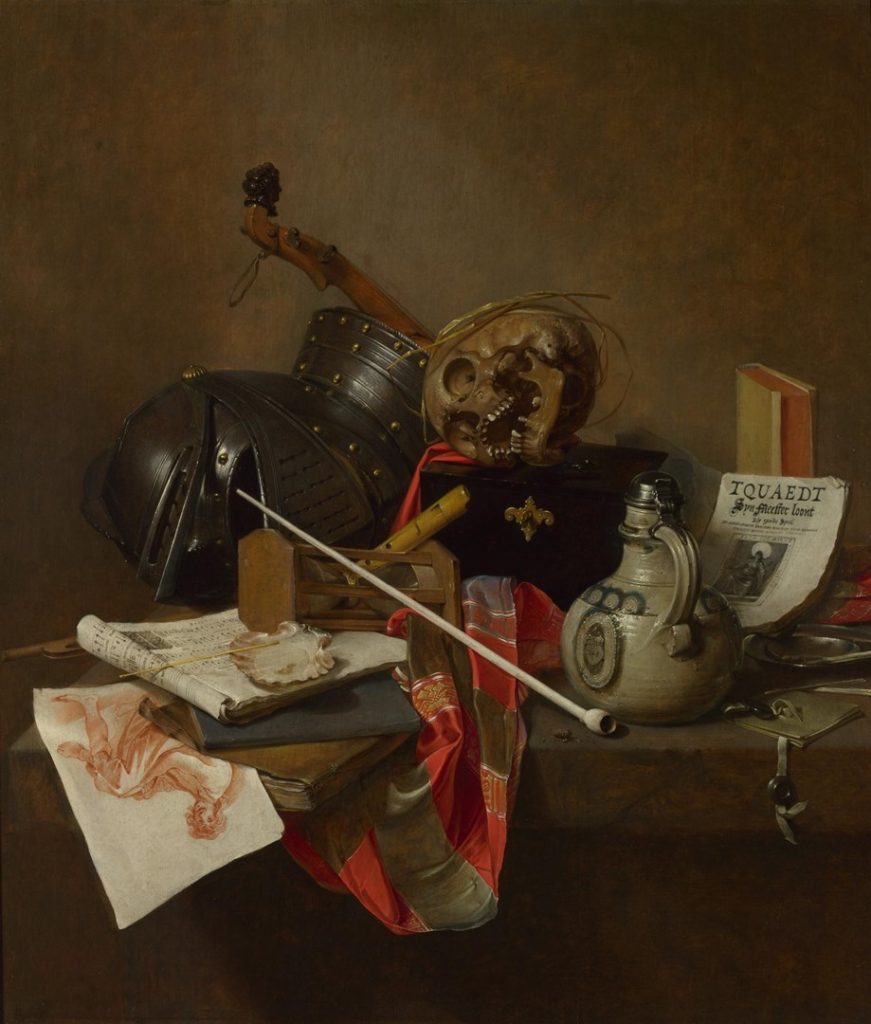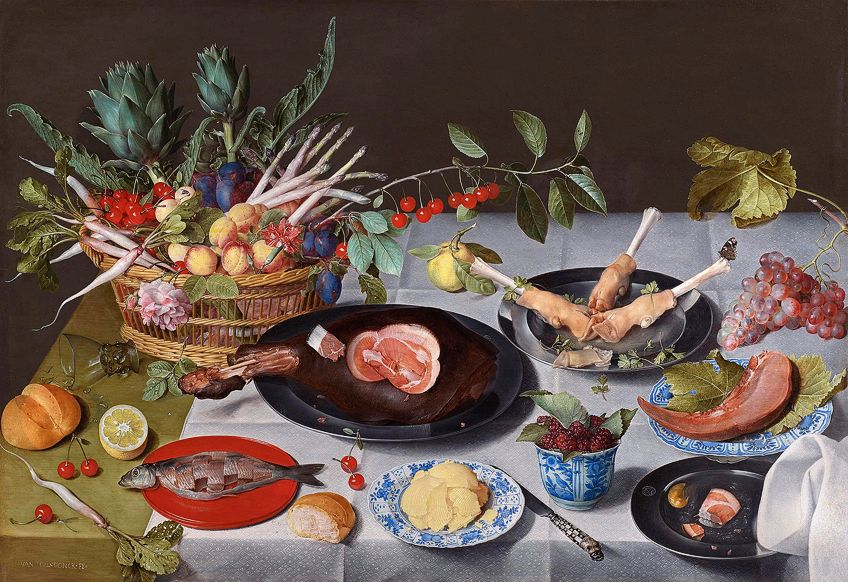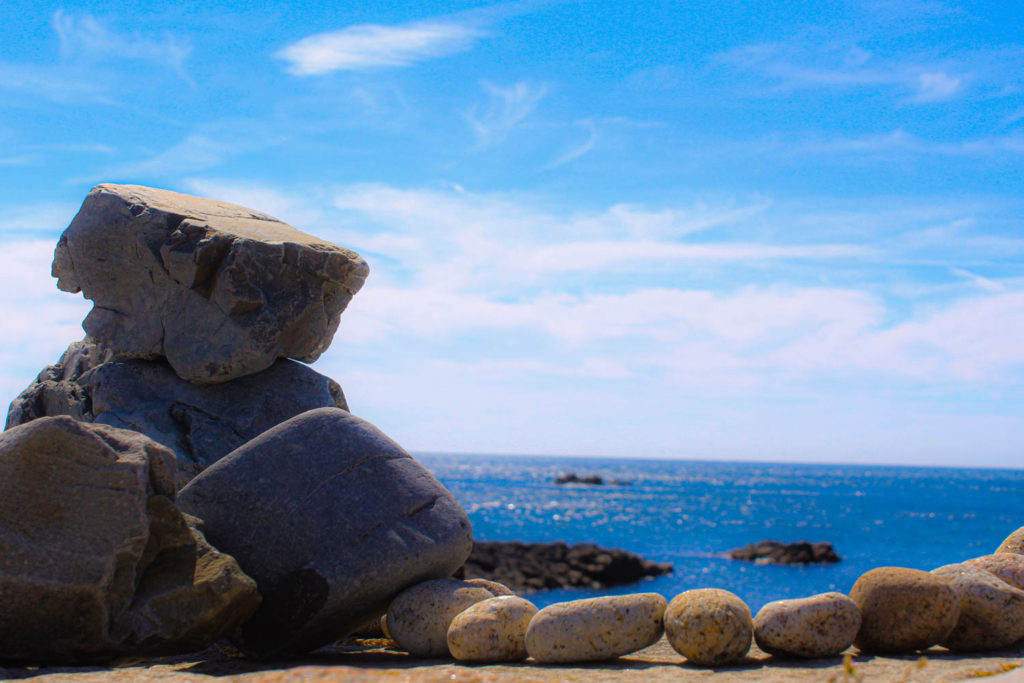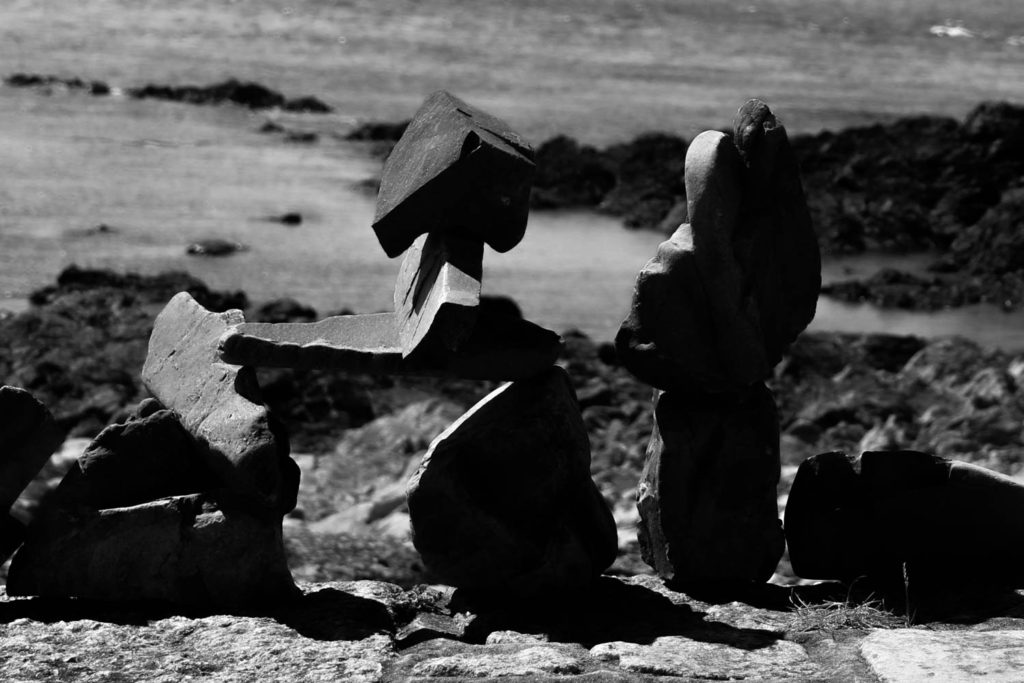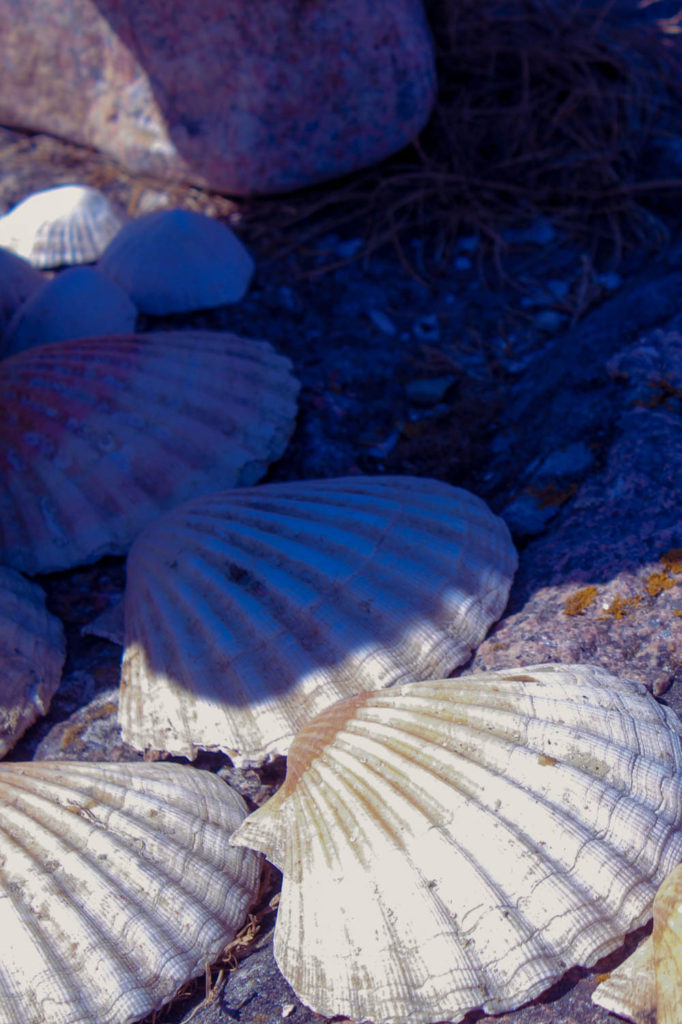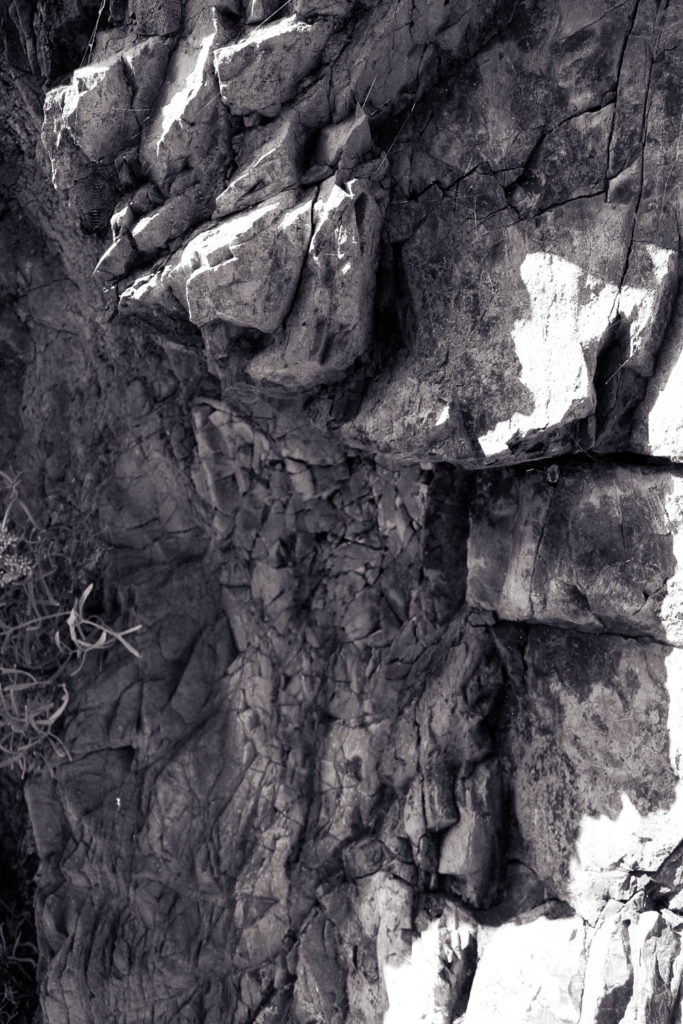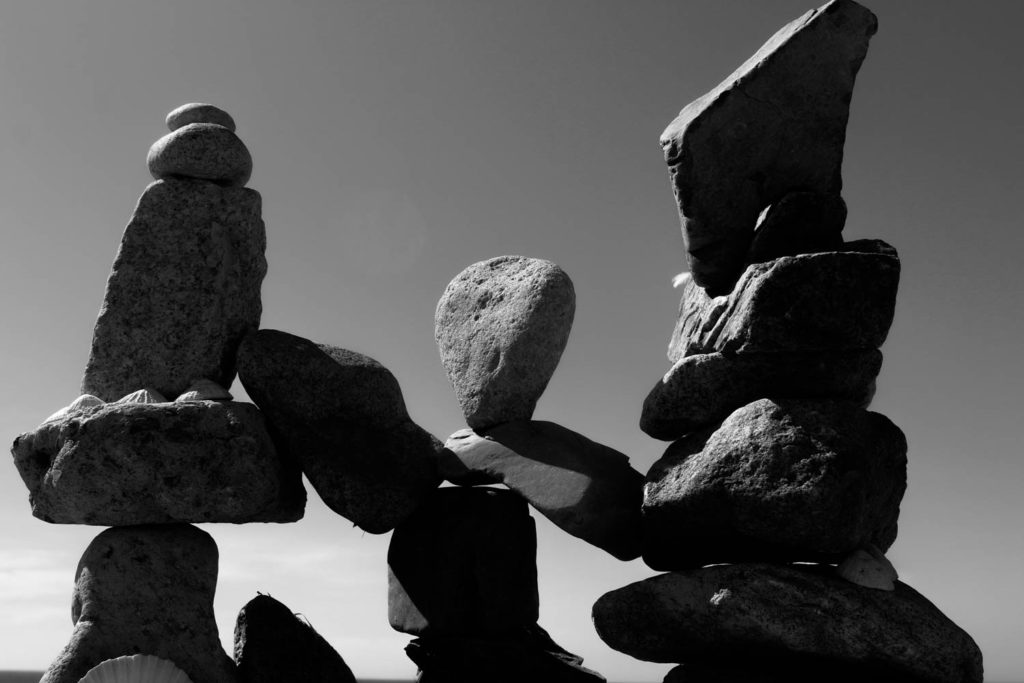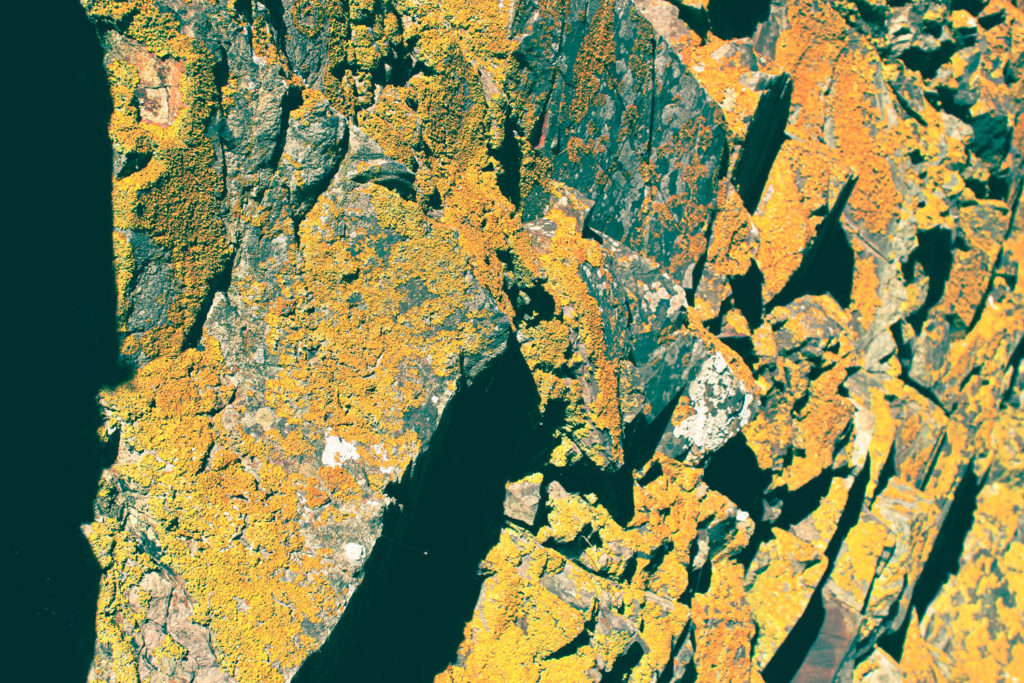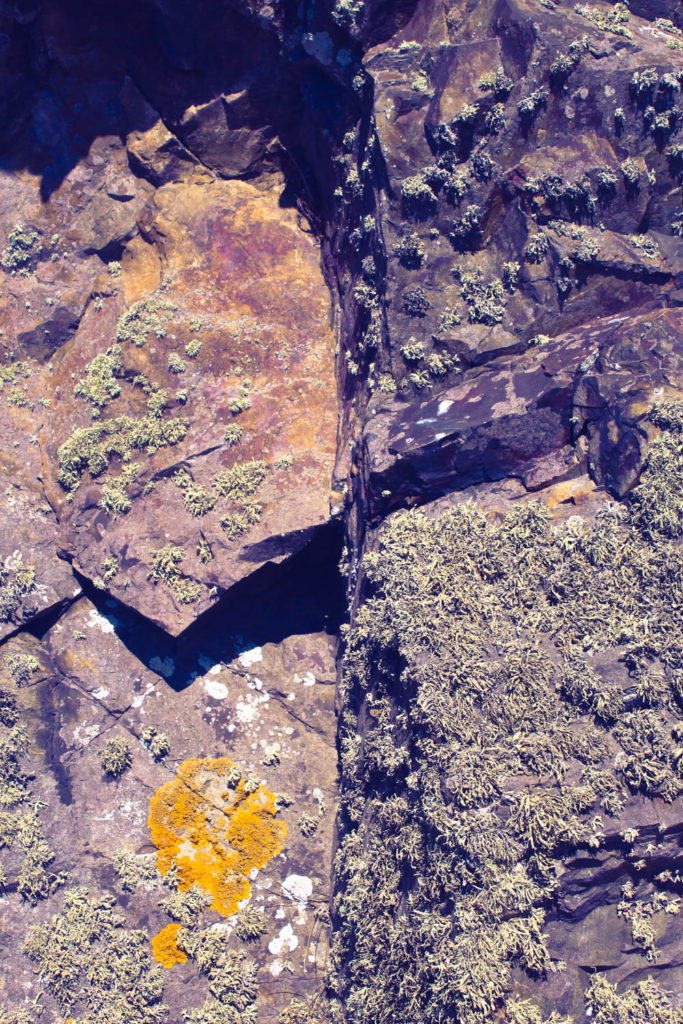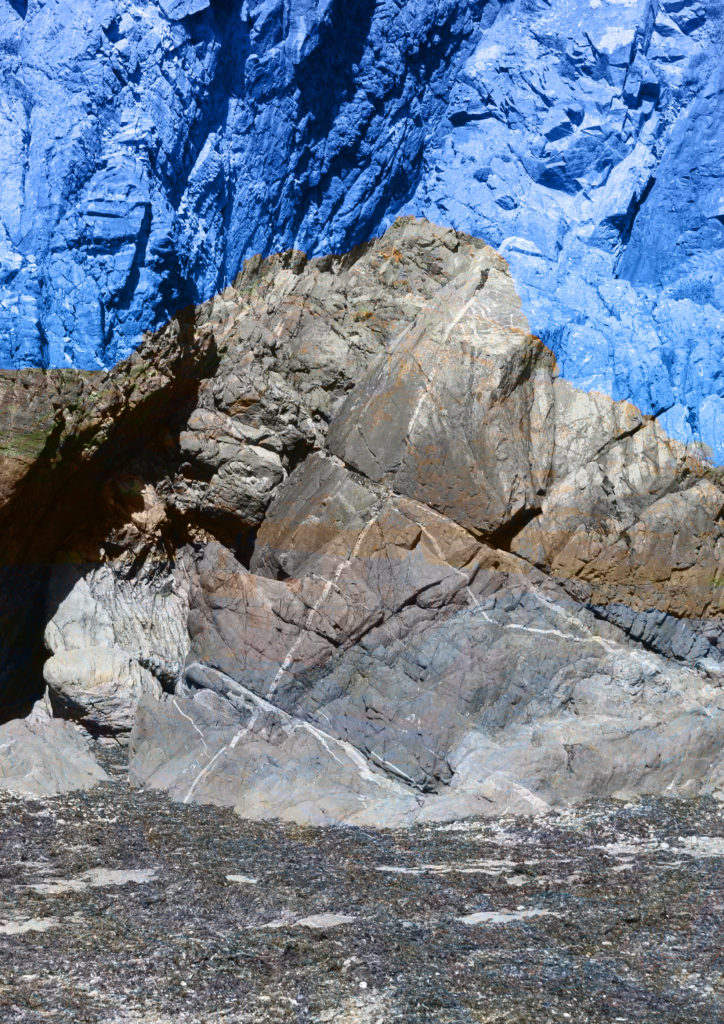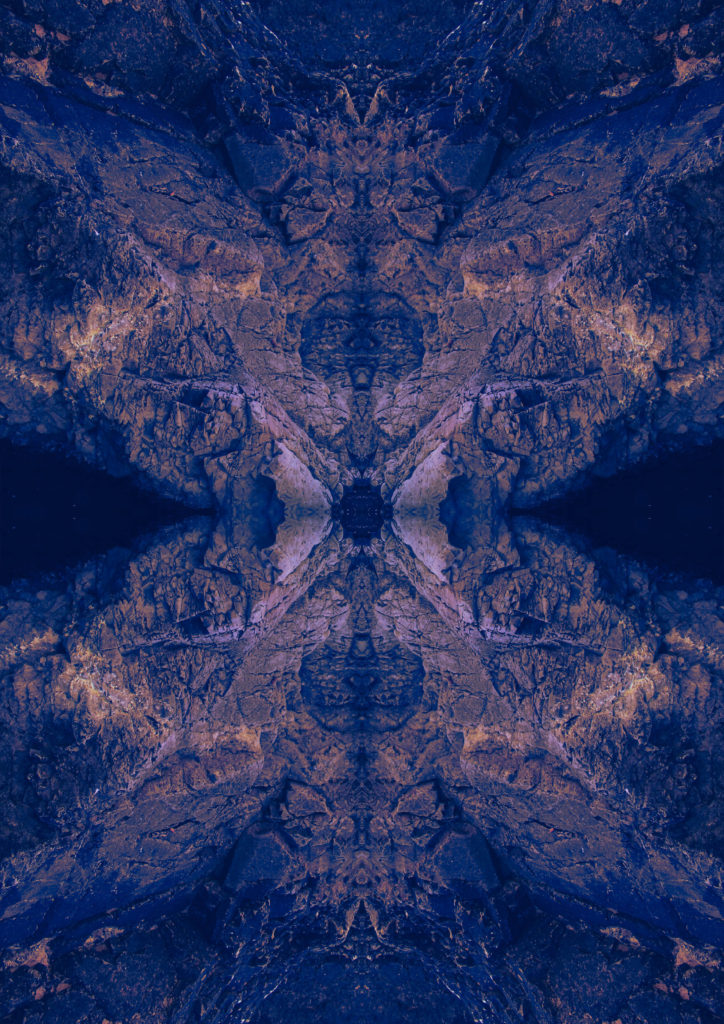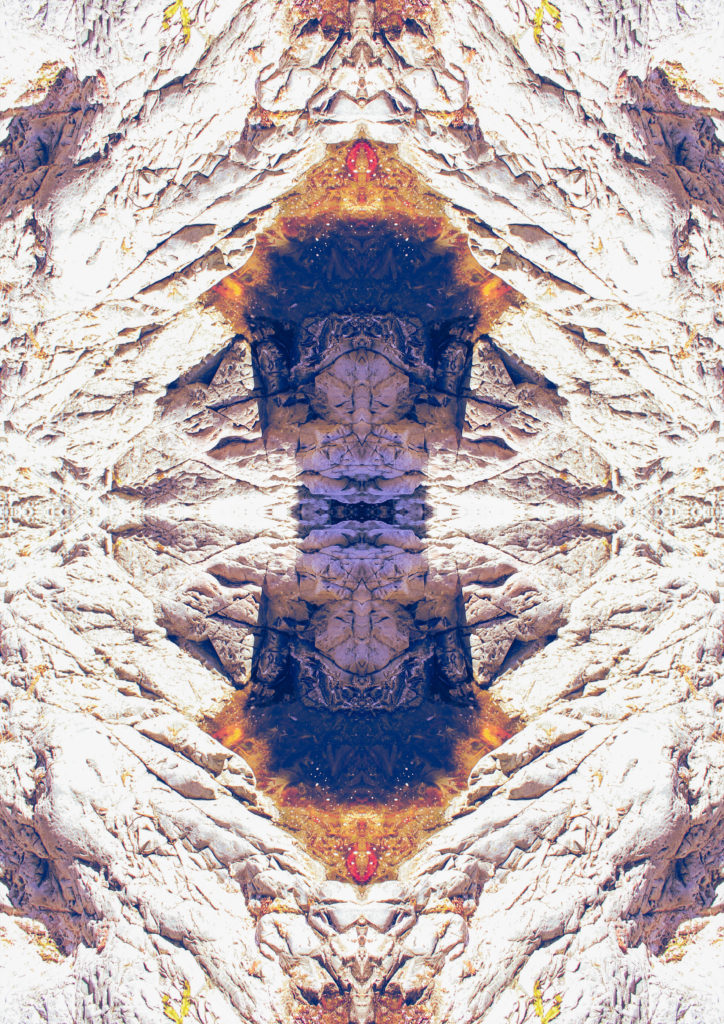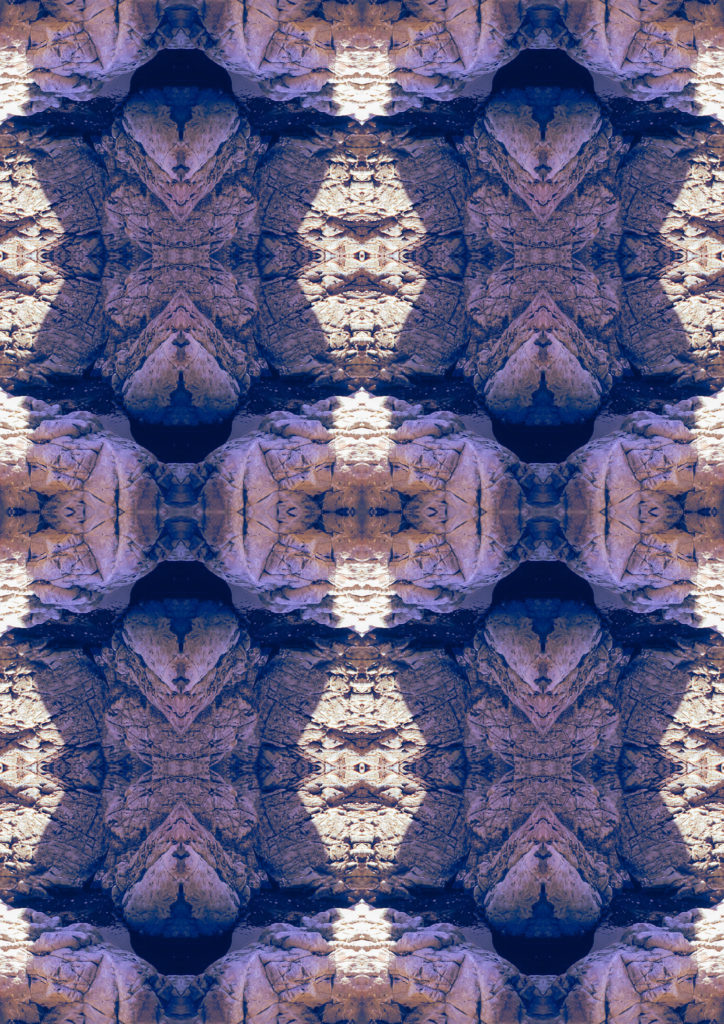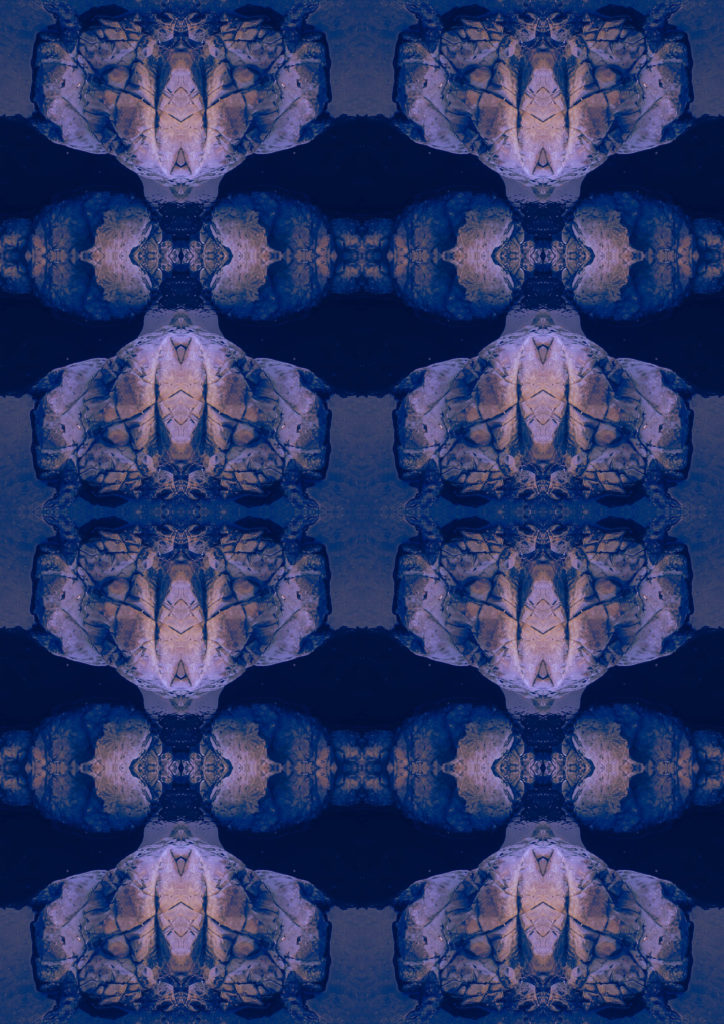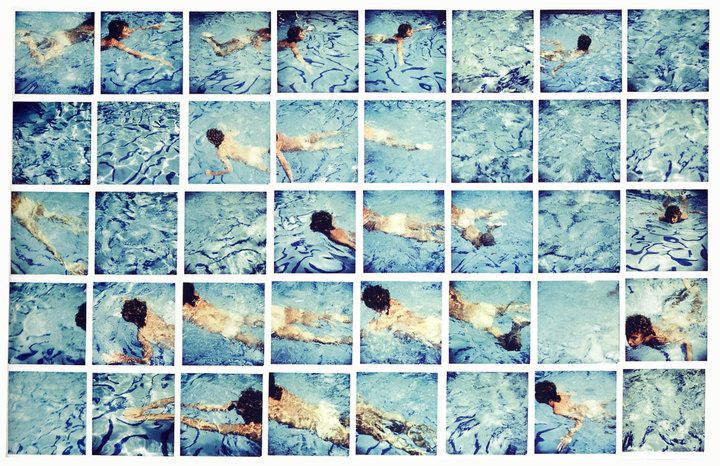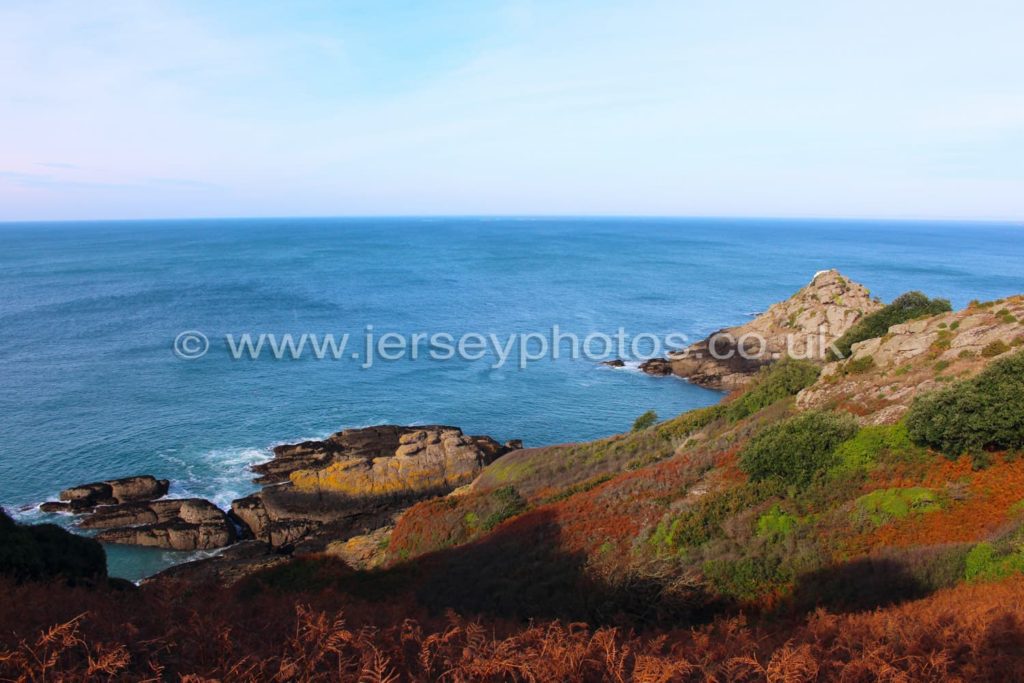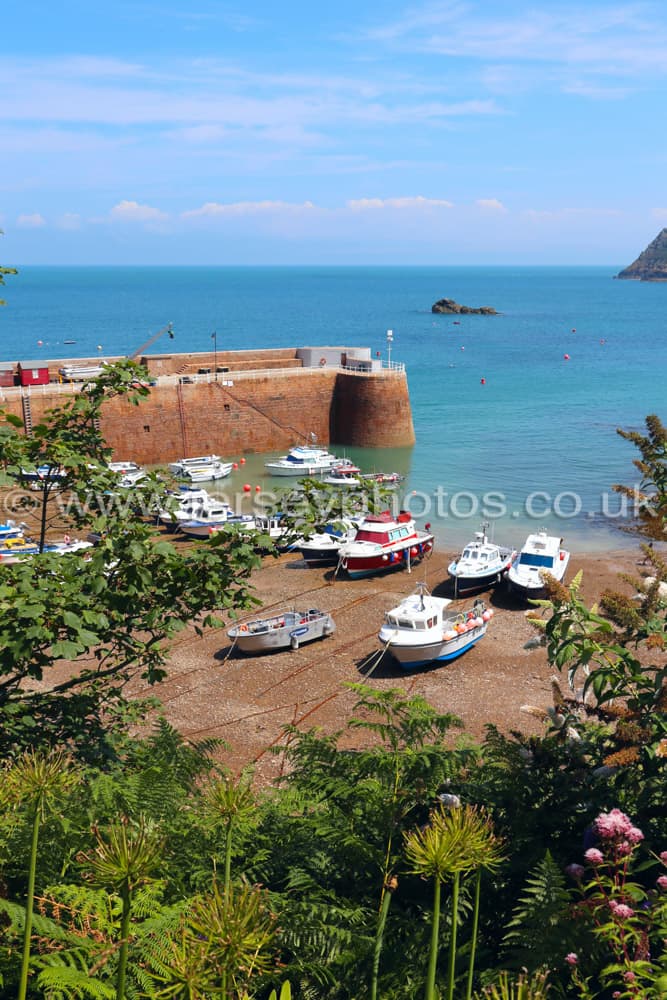During the 1800’s still life emerged within Dutch and Northern European paintings. These paintings were heavily impacted by religious influence as well as the urbanization of both the Dutch and Flemish society’s, emphasising the use of personal possessions. The goal of a still life composition is to direct the viewer’s eye through a painting and lead them toward what the artist thinks is important. Artistic compositions of inanimate objects were considered the lowest form of art because they were decorative, lacked gravitas and could be appreciated without any intellectual effort.
It is alleged that the first still life was produced in 1504 by Jacopo De’Barbari.
Objects often used: burnt candles, human skulls, dying flowers, fruits and vegetables, broken chalices, jewellery, crowns, watches, mirrors, bottles, glasses, vases
“The transience and brevity of human life, power, beauty and wealth, as well as of the insignificance of all material things and achievements.”
Analysis

This painting produced in 1650 is an oil canvas painting by Vanitas. Although it is displayed in the background, I believe the focal point of this painting is the African servant, depicting the immoral and unjust status of the world at the time. The flowers which look as if they’re wilting represent the shortness of life and are meant to remind the viewer that existence is meaningless without the hope of salvation which from a modern viewers point of view could create a sense of hope for the servant who was probably treated poorly. As well as the skull Such a symbol is called a Memento Mori, a Latin phrase meaning “Remember that you will die. “On the other hand, the flowers are the only part of the painting which display vibrant colour and life. The use of the flowers being white lilies could be associated with purity and the Virgin Mary’s immaculate conception which correlates with the image of the virgin Mary which the slave man is holding. The objects in this painting such as a recorder instrument and a paint pallet could suggest that all of the servants belongings were in order to entertain the rich employer.


